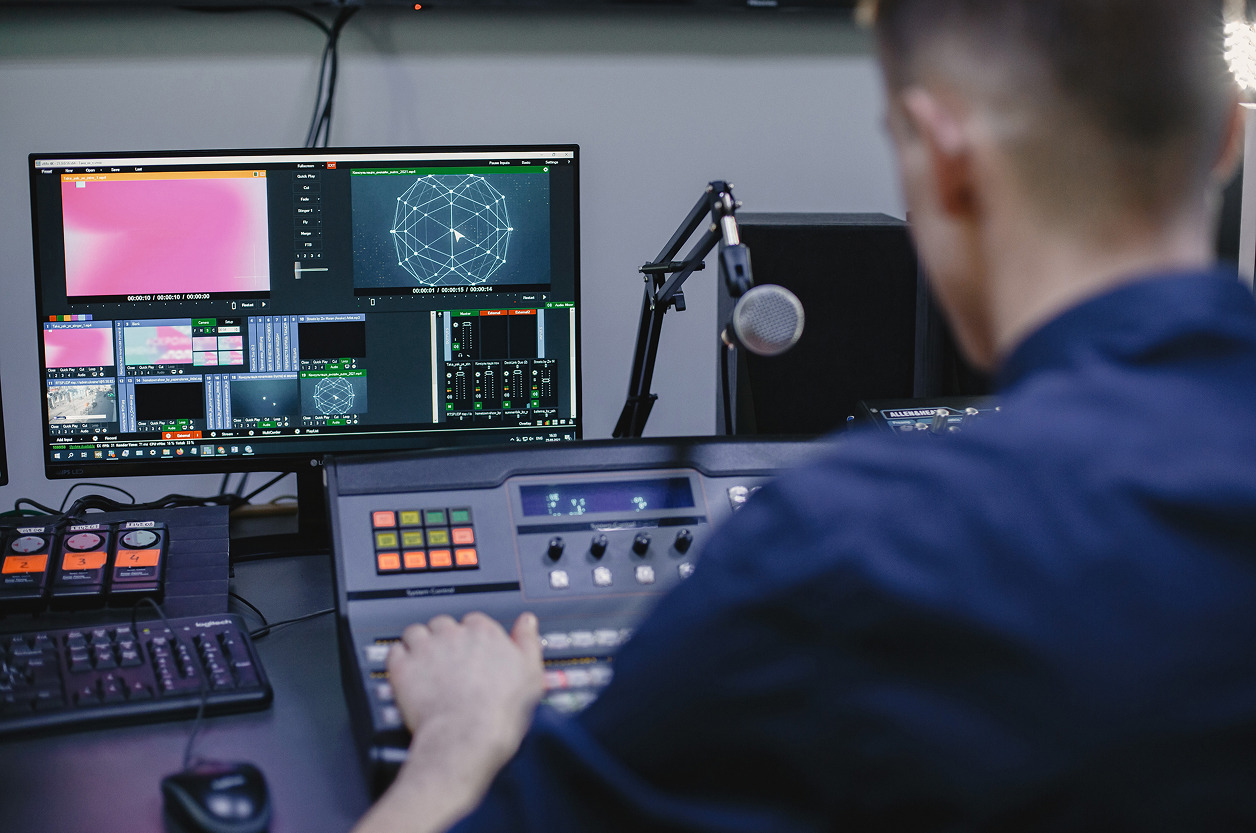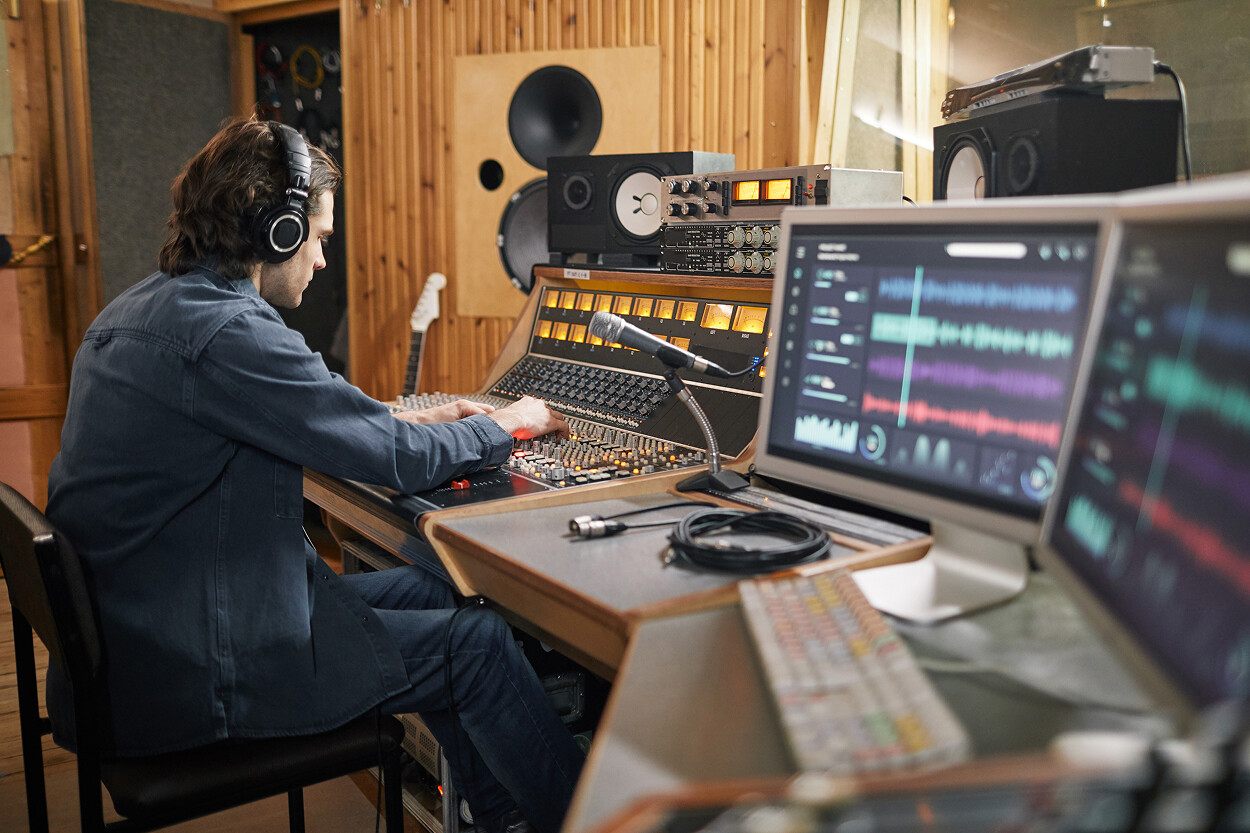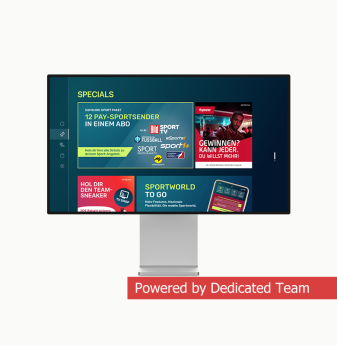Merging Edge and Cloud for AR/VR Live Broadcast: How to Optimize Latency & Quality

Live AR/VR broadcasts—virtual concerts, sports XR, remote collaboration, mixed-reality events—demand both high visual fidelity and low latency. Purely cloud-based rendering introduces delay; purely edge-based rendering strains local compute. The solution lies in hybrid edge-cloud pipelines that split workloads intelligently, combining local responsiveness with cloud compute scale. This article dissects design patterns, architectural tradeoffs, challenges, and deployment strategy for hybrid AR/VR live broadcast systems.
Why hybrid edge-cloud pipelines are necessary
Rendering complex virtual or augmented scenes in real time is compute-intensive. Hosting full AR/VR rendering in the cloud introduces network latency and jitter, which degrade interactivity or lag visual feedback. Meanwhile, edge devices (on-site servers, local boxes) may not have sufficient GPU/AI power to support complex scene synthesis, especially for multi-participant AR/VR with rich effects.
A hybrid pipeline splits tasks: latency-critical rendering (e.g. viewpoint-dependent geometry, latency-sensitive shading) is done at the edge, while heavy global effects, scene updates, content assets, physics, or environment synthesis happen in the cloud. The edge node merges the two, producing a seamless immersive feed delivered to users with minimal perceptual delay.
Core components of hybrid AR/VR broadcast architecture
- Edge render node / local compositor
Located at venue or last-mile node, this component handles perspective-dependent rendering, latency-sensitive projection, client synchronization, and merges lighter cloud updates.
- Cloud compute cluster
Generates global scene updates (lighting, environment, crowd simulation), heavy shading passes, background physics, or global multi-view consistency logic.
- Split pipeline coordination layer
Determines which tasks run edge vs cloud, manages partitioning, synchronizes state, and ensures timely data exchange.
- Data streaming and update links
Efficient transports for delta updates (scene changes, environment tweaks) from cloud to edge, and compressed feedback from edge to cloud (e.g. user viewpoint, local sensor data).
- Quality-latency adaptors
Modules to gracefully degrade or shift workloads depending on network conditions: e.g. reduce global effects, switch rendering quality, or fall back when cloud connectivity stutters.
- Client synchronization & adaptive rendering
Clients (headsets, AR displays) receive final frames or segments, handle latency compensation, prediction, and interpolation to reduce perception of lag.
Strategies for splitting workload
Partition by domain
Static geometry, environment, lighting, shadows—cloud. Dynamic viewpoint shading, occlusion, edge-dependent effects—edge.
Temporal pipelining
Cloud computation runs one or more frames ahead; edge picks up interim updates and interpolates to maintain low-latency feedback.
Progressive refinement
Edge renders coarse version quickly; cloud sends refinements that update texture or detail progressively.
Predictive prefetching
Cloud predicts user movement or scene changes based on input at edge, sending speculative updates ahead of time to mask latency.
Foveated rendering coordination
Edge handles high-resolution foveal region; cloud assists peripheral or background detail. This reduces edge workload while preserving visual quality.
Use cases and benefits
- Concerts in virtual venues: main stage, visual effects, avatars crossover processed in cloud; local immersive view, gaze-dependent detail rendered at edge.
- Remote collaboration in VR: shared environments, annotations, scene updates in cloud; real-time viewpoint-dependent rendering locally.
- Sports AR overlays: cloud handles player tracking, result updates, crowd simulation; edge merges overlays and final AR view for viewers.
- Hybrid events with regional nodes: multiple edge nodes near venues handle local participants, receive cloud updates, and broadcast refined streams.
Benefits include reduced end-to-end latency, scalable scene synthesis, resilient fallback from cloud disruptions, and graceful tradeoff between quality and responsiveness.
Challenges and tradeoffs
Synchronization and consistency
Cloud and edge maintain partial state; mismatches or state divergence cause visual artifacts, lag jumps, or inconsistency across viewers.
Bandwidth and delta efficiency
Cloud-to-edge update streams must be compressed, low-latency, and prioritized—scene deltas, model updates, not full full meshes.
Latency transparency
Edge must mask network delays via prediction, interpolation, or buffering without introducing perceptual stutter.
Load balancing & dynamic partitioning
Contents vary: intense global effects, environmental changes, or user behavior shifts demand shifting tasks between edge and cloud dynamically.
Failover resilience
If cloud connectivity falters, edge must degrade gracefully—fallback to simpler effects, reduce detail, or freeze heavy updates.
Hardware heterogeneity
Edge nodes have varying compute, memory, thermal constraints. Partitioning logic must adapt per node capability.
Client diversity
Clients (headsets, AR devices) have varying latencies, network conditions, display capabilities. Adaptive pipelines must tailor for each.

Roadmap for deployment
- Build a minimal split pipeline for a simplified scene: base geometry at cloud, viewpoint shading on edge.
- Measure latency, render correctness, synchronization drift.
- Introduce update transports (deltas, compression) and prediction modules.
- Test under network delay and jitter conditions; refine tolerance and fallback strategies.
- Extend to multi-user environments, consistency resolution logic.
- Introduce foveation coordination, progressive refinement, and adaptive quality scaling.
- Pilot in real AR/VR live broadcast scenarios (concerts, remote events).
- Monitor user feedback, consistency anomalies, resilience under failures.
- Iterate partition logic, adaptive control, and error recovery.
Over time, hybrid edge-cloud pipelines become core infrastructure for immersive live broadcasts.
AI Overview: Hybrid Edge-Cloud Pipelines for AR/VR Live
Hybrid pipelines split rendering and scene synthesis tasks between edge and cloud to balance latency and fidelity. Latency-sensitive operations run at the edge; global effects, environment, and heavy updates run in the cloud. Smart coordination, prediction, and adaptive fallback yield immersive AR/VR broadcasts that remain responsive and rich.
Key Applications: virtual concerts, remote collaboration, AR overlays, sports AR, multi-venue XR events.
Benefits: low-latency interactivity, scalable rendering, resilience to network variability, balanced resource use.
Challenges: state synchronization, bandwidth deltas, latency masking, dynamic workload partitioning, fallback strategies.
Outlook: over the next 5–7 years, hybrid edge-cloud systems will become foundational in AR/VR live broadcasting, enabling more immersive, scalable, and stable experiences.
Related Terms: split rendering, delta streaming, edge inference, predictive updates, foveated rendering, immersive pipelines, latency masking, live XR broadcast.
Our Case Studies








